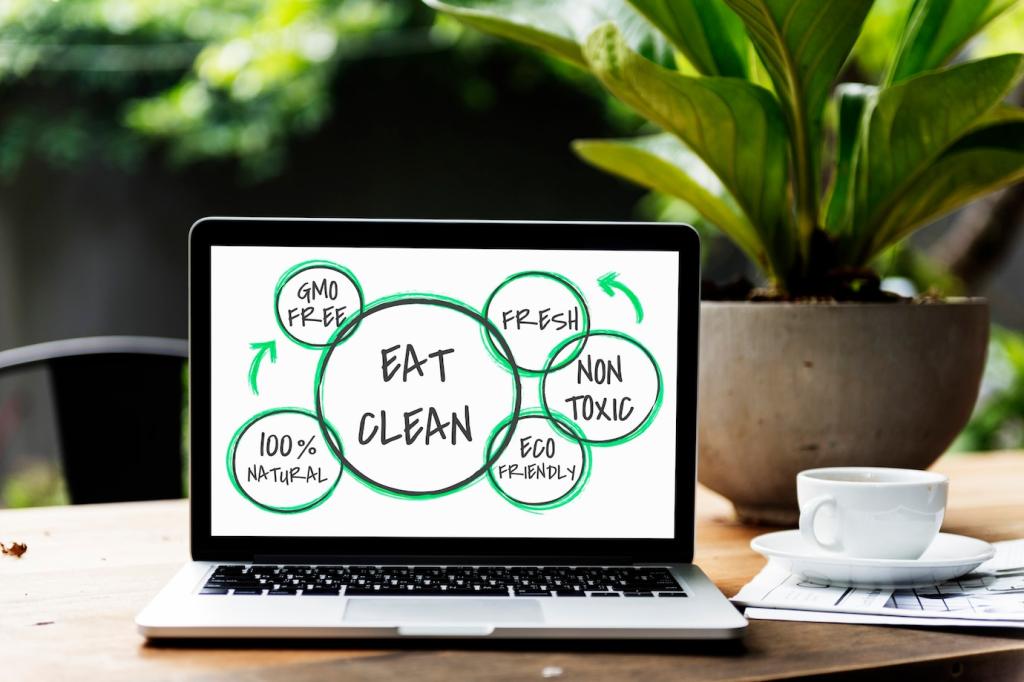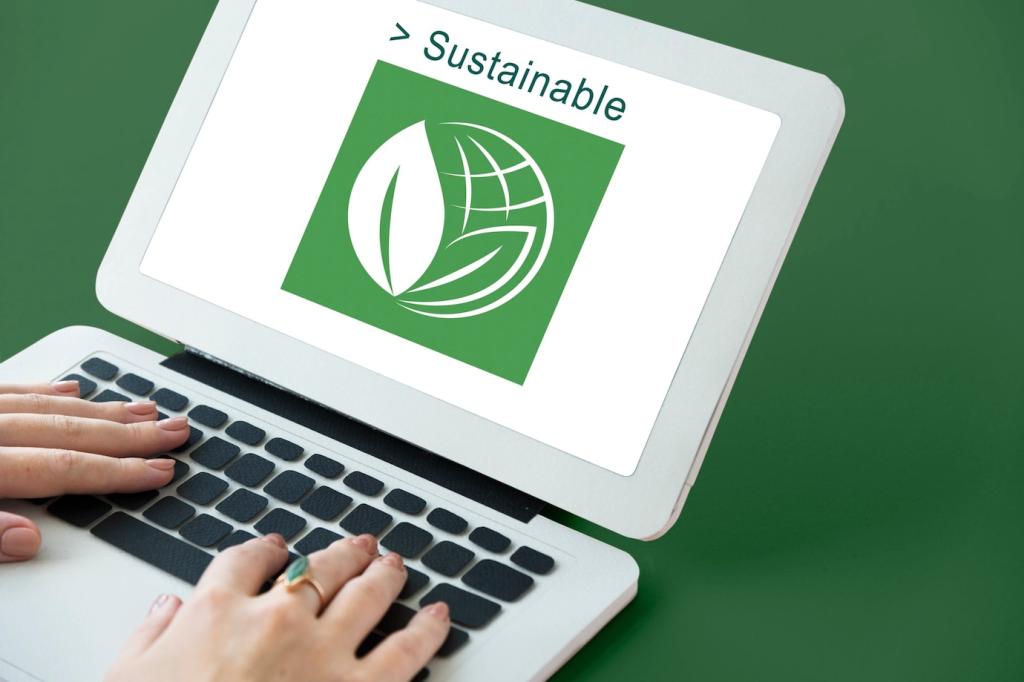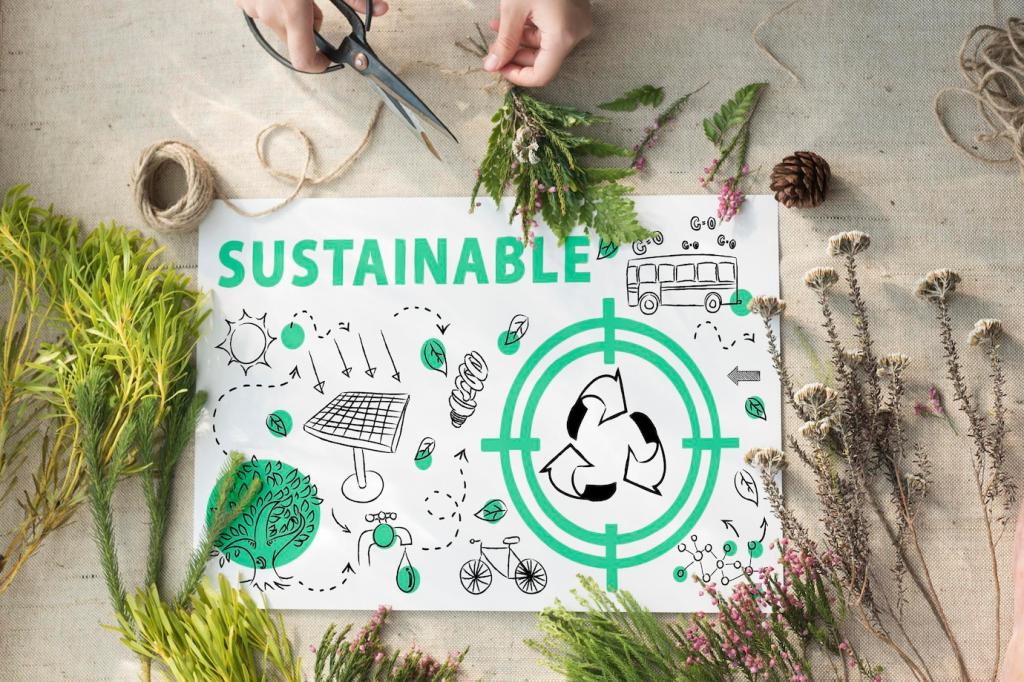Measuring Impact Without Losing the Plot
Look at repeat visits, saved pages, replies, and referrals. These signals reflect durable resonance—your copy’s ability to help, not merely attract glances. Fewer but deeper interactions often indicate healthier impact.
Measuring Impact Without Losing the Plot
Embed short data snapshots and link to full reports. This keeps copy readable while offering transparency for those who want details. Evidence woven into story invites exploration without overwhelming casual readers.
Measuring Impact Without Losing the Plot
Invite comments and questions, then publish responses. Closing the loop shows you are listening, encourages community learning, and gives you real language to refine future copy with audience-tested clarity.











